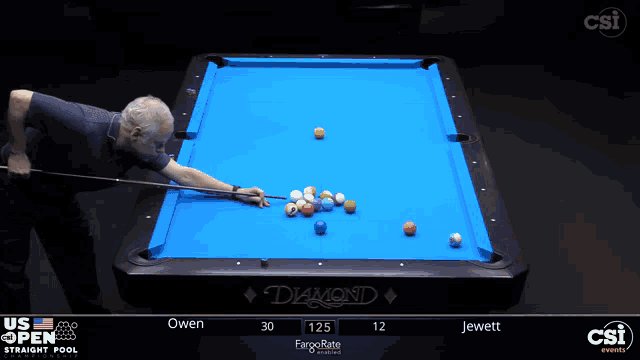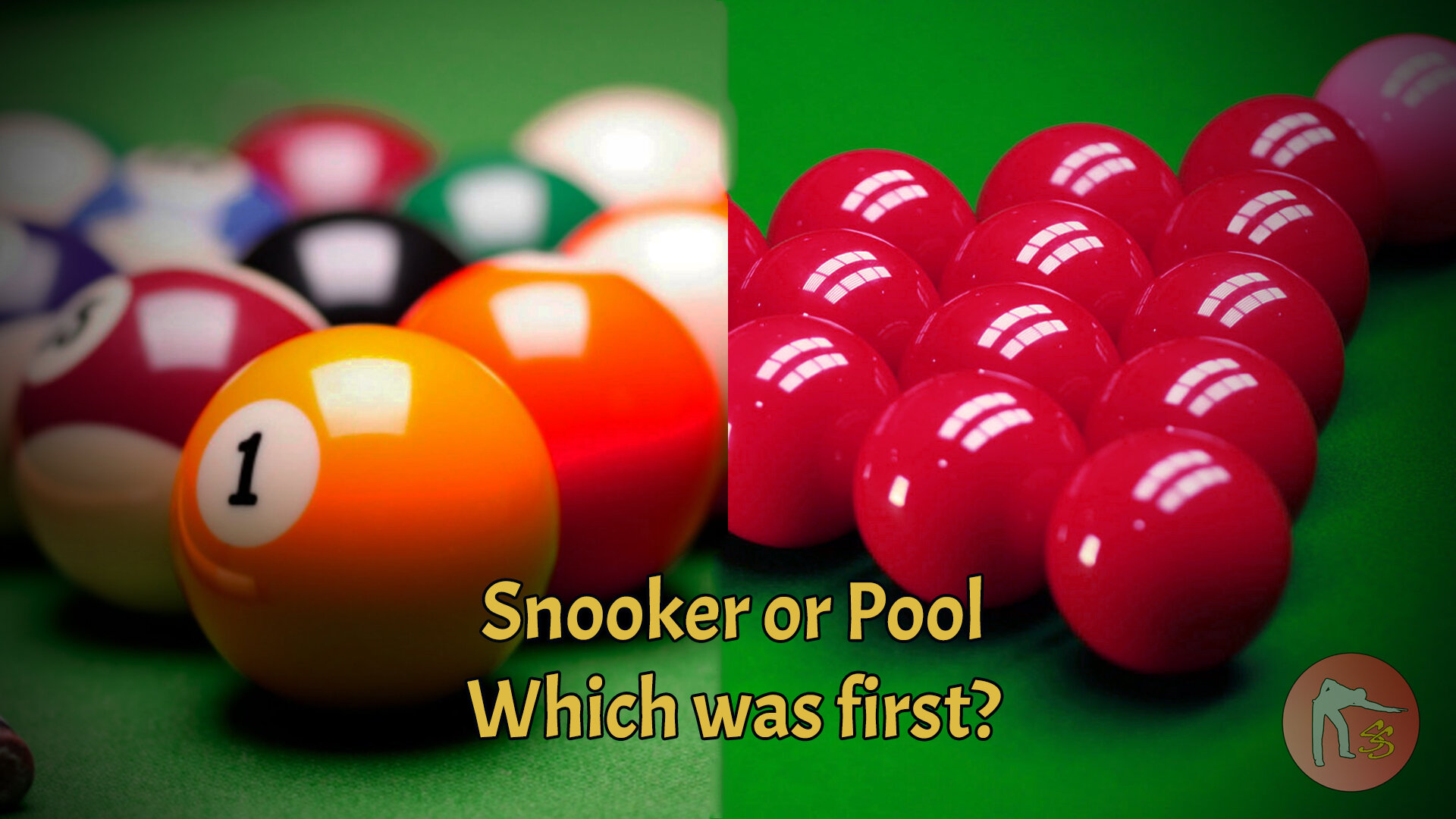
Snooker cues can be made from many different materials. Some are heavier than other, while some are lighter than the others. Maple and ash are great choices for snooker cues, regardless of their material. Maple comes with many drawbacks, so it should be used with caution. These woods come in different degrees of stiffness and whippyness. It is important to choose the right cue.
Materials used in snooker cues
Ash cues display clear grain patterns such as chevrons and even arrows. It can be challenging to bend straight as the graining of ash cues is often uneven. To avoid potential problems, you should carefully choose your cue.
Ash cues were traditionally made from English-ash, but felling laws have reduced their availability. Recent demand has shifted to American ash, which can be made from straight grain. English ash cues are darker and more heavy than the ones in English, and they often display visible chevrons. Acer saprum maples can also be used, though they are more expensive. Maple timber is fully kiln-dried, and then seasoned for at a minimum of 12 months.
Rolled and bound the identical
Ash is a dense, lightweight wood that is great for making a snooker cue. It is not as expensive and luxurious as luxury snooker snooker ues. It also has a little flexibility which makes spinning the ball much easier. It also has a lower deflection compared to other woods.

Ash and Maple are the two traditional timbers for cue shafts. Maple and Ash are both very rigid and have great playability. Some models come with brass or plastic ferrules.
Receptive to wear and tear
It is crucial to properly care for your snooker utensils. They must be stored in a dry place, away from sunlight and moisture. Keeping them on a cue rack is the best way to protect them from warping and damage. It is also important that they are protected from abrasive material such as chemicals and sandpaper.
You can keep them in great condition by adding weight. Selecting a cue must weigh no less than 17 ounces is advisable. Anything lighter will strain your arm. Over acceleration can be caused if your cue is heavier than this.
Added weight at the butt
For a balanced snooker game, it is crucial to know the weight of the butt on a cue. Many cues are made from ash, but some are made from maple. Some cues are decorated, while others are plain and simple.
The shaft's butt is a larger, heavier piece that is attached to it by a screw. The shaft is a smaller, narrower piece. The two pieces are joined at the butt. Here a male screw threads through a female one. Cue joints come in a variety of materials, including brass, plastic and wood. Most common is the brass-to–brass joint.

Rolling and bouncing are the same
The ash billiard cue is one of the most popular types of snooker cues. Ash snooker dice weigh around 18 to 20 ounces. This is lighter than larger billiard balls. Snooker cues are mainly made from ash, although there are some made from maple.
Ash snooker snooker cups are also cheaper than other materials. It will depend on how much they cost wholesale. It's therefore easy to find a cue at a fair price.